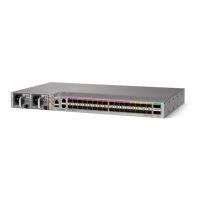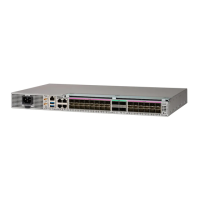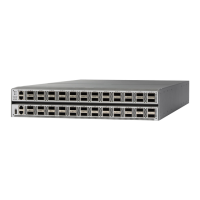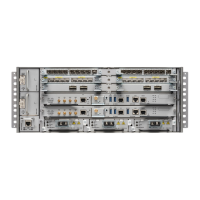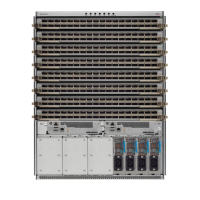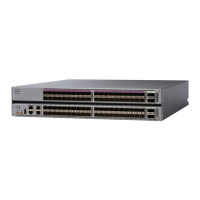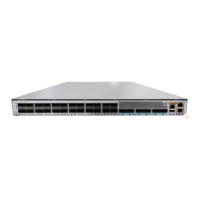• Having the route reflectors hold the VPN-IPv4 routes also simplifies the configuration at the border of
the network.
• Enables a non-VPN core network to act as a transit network for VPN traffic. You can transport IPv4
routes with MPLS labels over a non-MPLS VPN service provider.
• Eliminates the need for any other label distribution protocol between adjacent label switch routers (LSRs).
If two adjacent LSRs are also BGP peers, BGP can handle the distribution of the MPLS labels. No other
label distribution protocol is needed between the two LSRs.
Exchanging IPv4 Routes with MPLS labels
This section is not applicable to Inter-AS over IP tunnels.
Note
You can set up a VPN service provider network to exchange IPv4 routes with MPLS labels. You can configure
the VPN service provider network as follows:
• Route reflectors exchange VPN-IPv4 routes by using multihop, multiprotocol eBGP. This configuration
also preserves the next-hop information and the VPN labels across the autonomous systems.
• A local PE router (for example, PE1 in the figure below) needs to know the routes and label information
for the remote PE router (PE2).
This information can be exchanged between the PE routers and ASBRs in one of two ways:
• Internal Gateway Protocol (IGP) and Label Distribution Protocol (LDP): The ASBR can redistribute
the IPv4 routes and MPLS labels it learned from eBGP into IGP and LDP and from IGP and LDP
into eBGP.
• Internal Border Gateway Protocol (iBGP) IPv4 label distribution: The ASBR and PE router can use
direct iBGP sessions to exchange VPN-IPv4 and IPv4 routes and MPLS labels.
Alternatively, the route reflector can reflect the IPv4 routes and MPLS labels learned from the ASBR to the
PE routers in the VPN. This reflecting of learned IPv4 routes and MPLS labels is accomplished by enabling
the ASBR to exchange IPv4 routes and MPLS labels with the route reflector. The route reflector also reflects
the VPN-IPv4 routes to the PE routers in the VPN. For example, in VPN1, RR1 reflects to PE1 the VPN-IPv4
routes it learned and IPv4 routes and MPLS labels learned from ASBR1. Using the route reflectors to store
the VPN-IPv4 routes and forward them through the PE routers and ASBRs allows for a scalable configuration.
Figure 3: VPNs Using eBGP and iBGP to Distribute Routes and MPLS Labels
L3VPN Configuration Guide for Cisco NCS 540 Series Routers, IOS XR Release 6.3.x
7
MPLS L3VPN Overview
Exchanging IPv4 Routes with MPLS labels
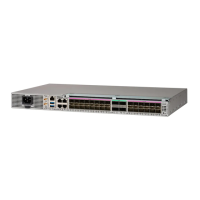
